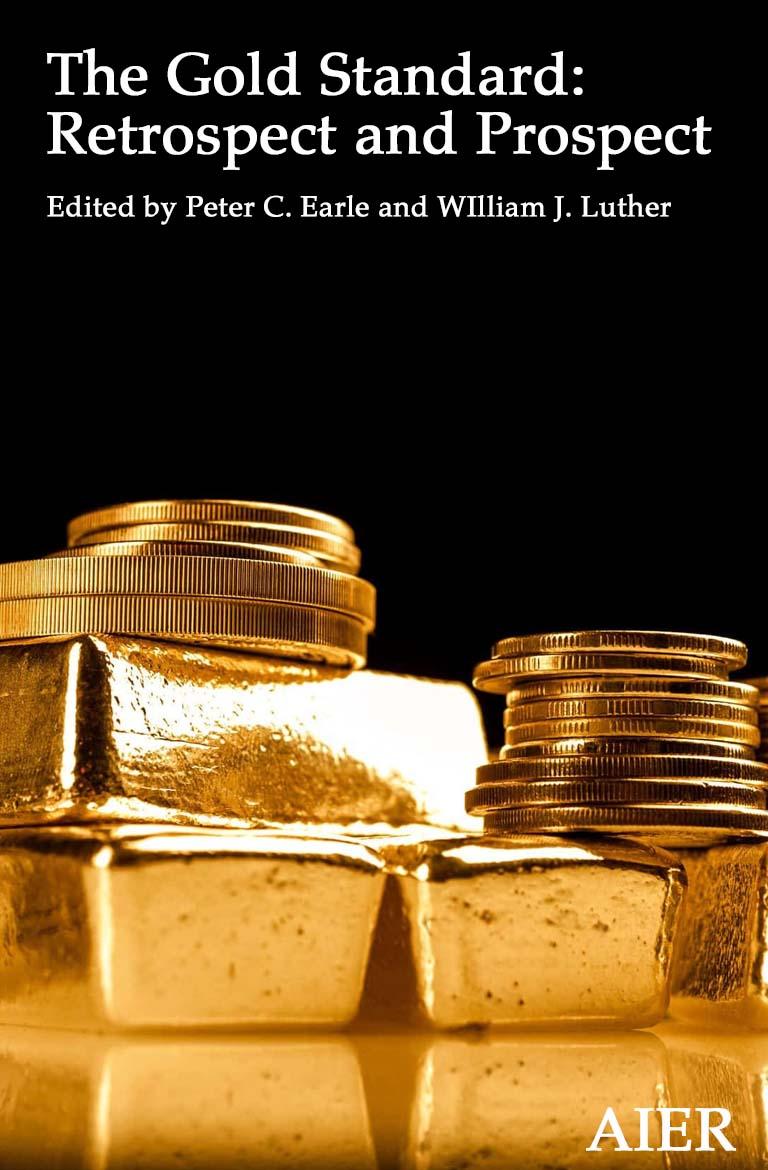
Este año se cumple el 50 aniversario de la decisión de Nixon de abandonar el patrón cambio oro. Peter Earl y William J.Luther editaron un libro sobre el patrón oro, mitos y realidades del mismo.
El mismo ya se puede encargar (también en versión Kindle).
CONTENIDOS
- Introduction – Peter C. Earle and William J. Luther
- The Rise and Fall of the Gold Standard in the United States – George Selgin
- How Does a Well-Functioning Gold Standard Function? – Peter C. Earle and William J. Luther
- Price Specie Flow Mechanism and the Monetary Approach to the Balance of Payments – Kwabena Boateng and Joshua Hendrickson
- How Good was the Gold Standard? – Thomas L. Hogan
- Arguments against the Gold Standard – Lawrence H. White
- Is the Gold Standard Feasible? – Bryan P. Cutsinger
- Monetary Rules: Is a Constrained Central Bank as Good as Gold? – Alexander W. Salter
- International Monies: The Gold Standard, Currency Boards, and Dollarization – Nicolás Cachanosky
- Digital Gold: The Case for Cryptocurrencies – Digital Gold:The Case for Cryptocurrencies
- Conclusion – Peter C. Earle and William J. Luther


